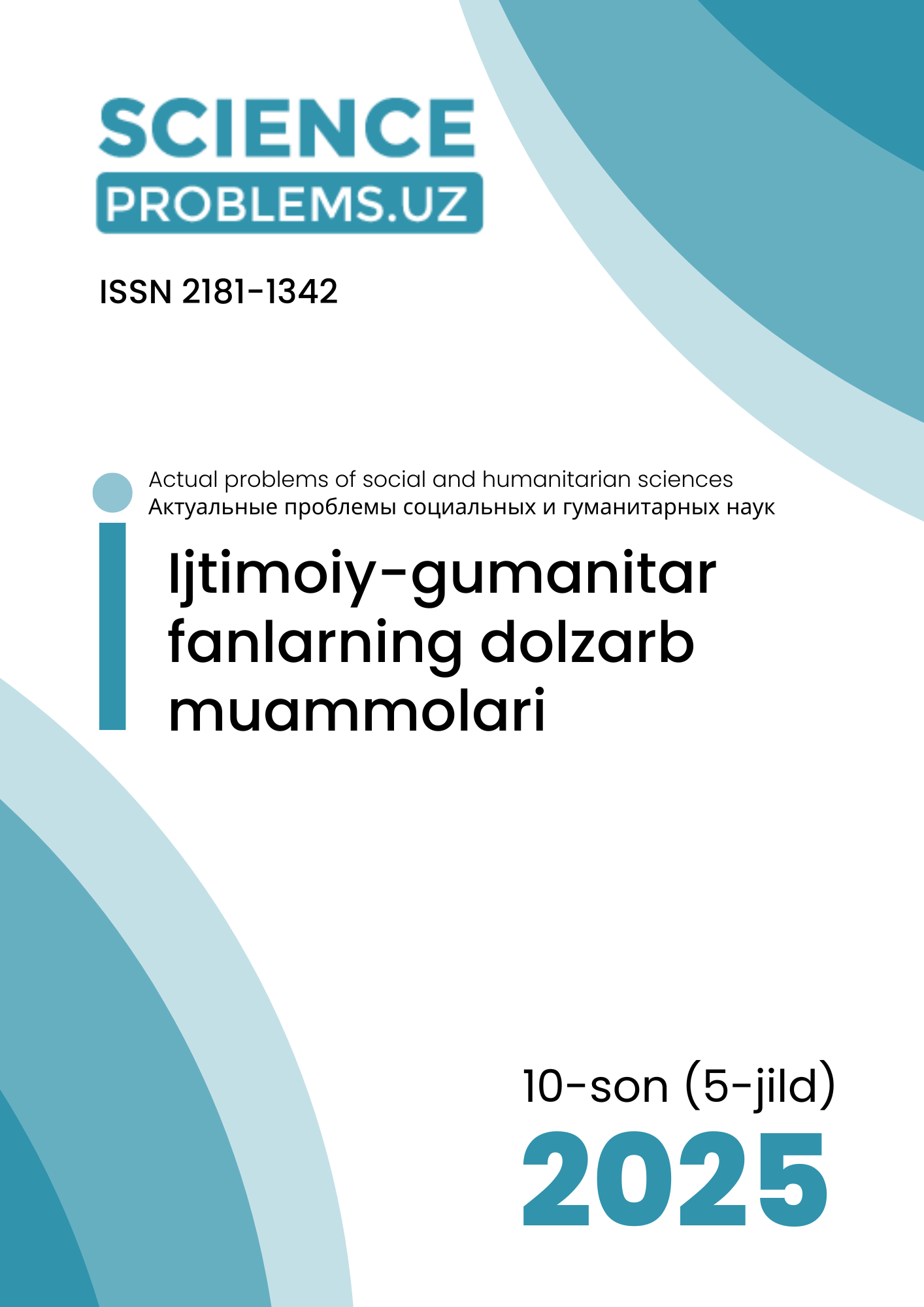TELEVISION AS A RHETORICAL ARENA: THE MANIFESTATIONOF CLASSICAL RHETORICAL CANONS IN MODERN TV GENRES
DOI:
https://doi.org/10.47390/SPR1342V5I10Y2025N49Keywords:
television, rhetoric, invention, arrangement, style, ethos, pathos, logos, media discourse.Abstract
This article examines television as a rhetorical arena, focusing on the manifestation of classical rhetorical canons in modern TV genres. The first part of the study analyzes three central canons: invention, arrangement, and style, and explores how they are reinterpreted in contemporary broadcasting. Special attention is given to the way television news structures its content through headlines, detailed reports, and summaries, reflecting rhetorical principles of exordium, narratio, and peroratio. The study highlights the interplay of verbal and visual elements, demonstrating how ethos, pathos, and logos are manifested in news discourse. Examples from British and American television illustrate differences in rhetorical strategies, with American broadcasts emphasizing pathos and immediacy, while British broadcasts foreground ethos and institutional credibility. The analysis shows that classical rhetoric continues to shape television communication, adapting ancient principles to a multimodal and technologically mediated context.
References
1. Aristotle G. Kennedy On Rhetoric: A Theory of Civic Discourse. Oxford: Oxford University Press, 2007. 324 p. P. 36, 85, 174.
2. Bitzer L.F. The Rhetorical Situation // Philosophy and Rhetoric. 1968. Vol. 1. No. 1. P. 1–14. P. 6.
3. McLuhan M. Understanding Media: The Extensions of Man. Cambridge, MA: MIT Press, 1964. 359 p. P. 9, 65.
4. Ward M. Broadcast Journalism Handbook. New York: Routledge, 2010. 228 p. P. 112.
5. Zelizer B. Covering the Body: The Kennedy Assassination, the Media, and the Shaping of Collective Memory. Chicago: University of Chicago Press, 1992. 267 p. P. 7–9.
6. Grossberg L. We Gotta Get Out of This Place: Popular Conservatism and Postmodern Culture. New York: Routledge, 1992. 287 p. P. 74.
7. Fairclough N. Media Discourse. London: Edward Arnold, 1995. 214 p. P. 47.
8. Костомаров В.Г. Риторика и культура речи. Москва: Просвещение, 1994. 256 с. С. 119, 123.
9. Черепанова Н. Телевизионная речь и её особенности. Москва: Наука, 2003. 178 с. С. 74, 96.
10. Саурбаев Р.Ж. Амренов А.Д. Омаров Н.Р. Вафеев Р.А. Текжанов К.Х. Сопоставительный анализ интонационных и просодических особенностей американского и британского вариантов английского языка в телевизионной речи. Павлодар: Павлодарский государственный педагогический университет, 2020. С. 45–52.
11. Jumanazarova N. Media Discourse in Uzbekistan. Tashkent: TSUL Press, 2019. 186 p. P. 58.
12. Teshabayeva S. Media and Rhetoric in Uzbekistan. Tashkent: Akademnashr, 2020. 204 p. P. 93.








